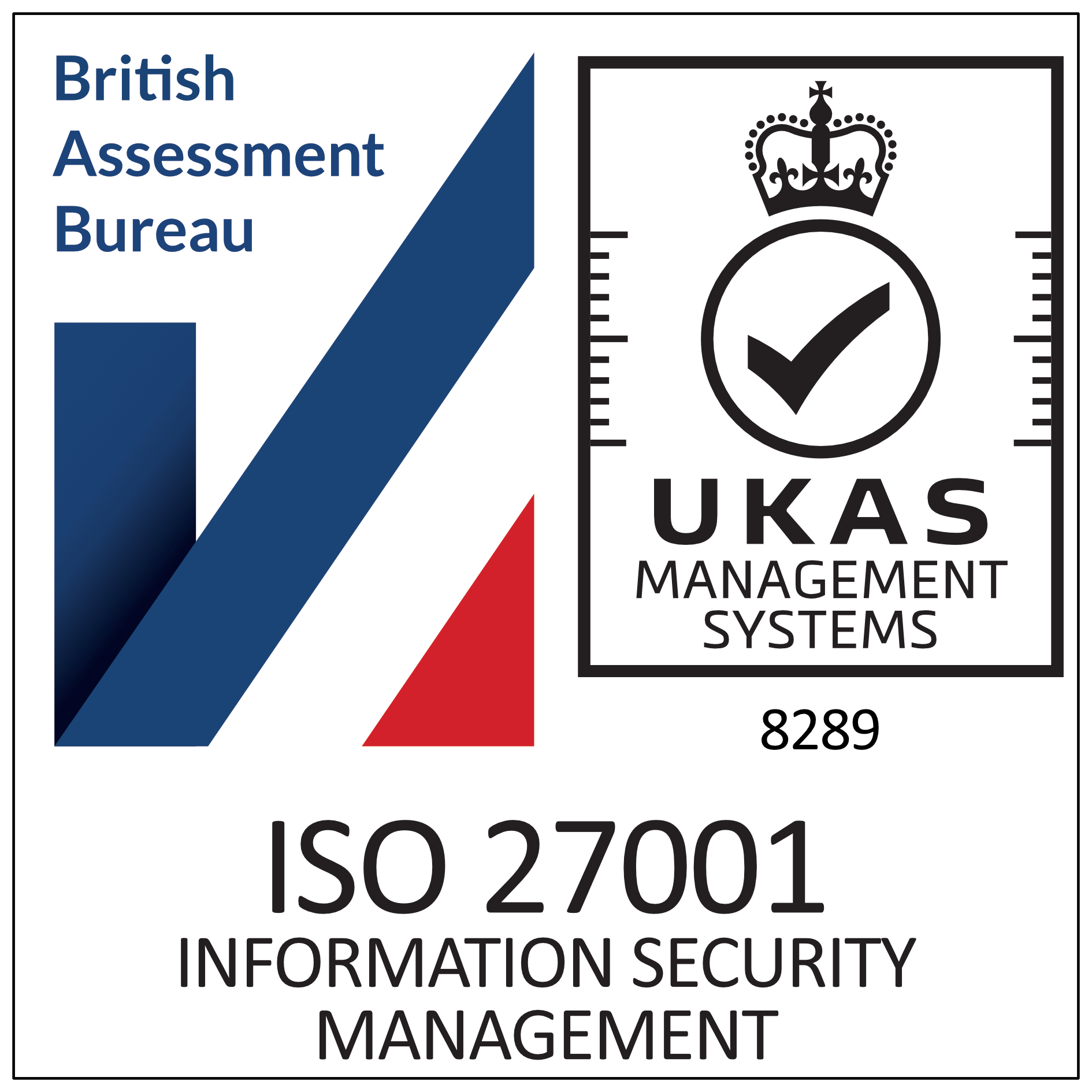Residential Tenancy Agreements England
In England, the type of tenancy agreement used will depend on a number of factors such as
- the nature of the letting arrangement;
- the status of the tenant; and
- the type of property involved.
Each agreement type offers varying levels of rights, responsibilities, and legal protections for both landlords and tenants. Below is a comprehensive overview of the main tenancy types:
Assured Shorthold Tenancy (AST)
The most commonly used tenancy agreement used in England. Assured Shorthold Tenancy agreements provide a balanced legal framework for both landlords and tenants. These tenancy agreements apply where the property is the tenant's main home and where the rent falls within specific thresholds.
Periodic Tenancy
This is a rolling tenancy that continues indefinitely, commonly on a month-to-month or week-to-week basis. Under the proposed Renters Rights Bill this will be the main form of tenancy agreement, removing fixed term tenancies.
Contractual Tenancy
Contractual tenancies are used in situations where a tenancy falls outside the Housing Act 1988, for example, where annual rent exceeds £100,000 or the tenant is not occupying the property as their main home.
Assured Tenancy
Assured Tenancies offer a greater security of tenure for tenants and provides additional rights and protections compared to ASTs. Assured tenancies are less common but can still be used in certain circumstances.
Secure Tenancy
Primarily used for social housing provided by local authorities or housing associations, secure tenancies offer tenants significant protection and security of tenure
Regulated Tenancy
These are historic tenancies that began before 15 January 1989. Regulated tenancies are subject to rent control and provide very strong tenant protections. While rare today, they still exist in some cases and are regulated under the Rent Act 1977.
Company Let Tenancy Agreements
Company Let Tenancy Agreements can be used when a property is rented to a company or business rather than an individual. As the tenant is a corporate entity, the tenancy is excluded from the protections of the Housing Act 1988.
House in Multiple Occupation (HMO) Tenancy
HMO tenancies apply when a property is occupied by three or more unrelated individuals who share amenities like kitchens or bathrooms. These arrangements are subject to additional health, safety, and licensing requirements under the Housing Act 2004.
Room Licences
Room Licence typically apply where a lodger shares living accommodation with the landlord and does not have exclusive possession of any part of the property. Because of this, excluded occupiers have fewer legal protections, and landlords can regain possession without court order by providing reasonable notice.


